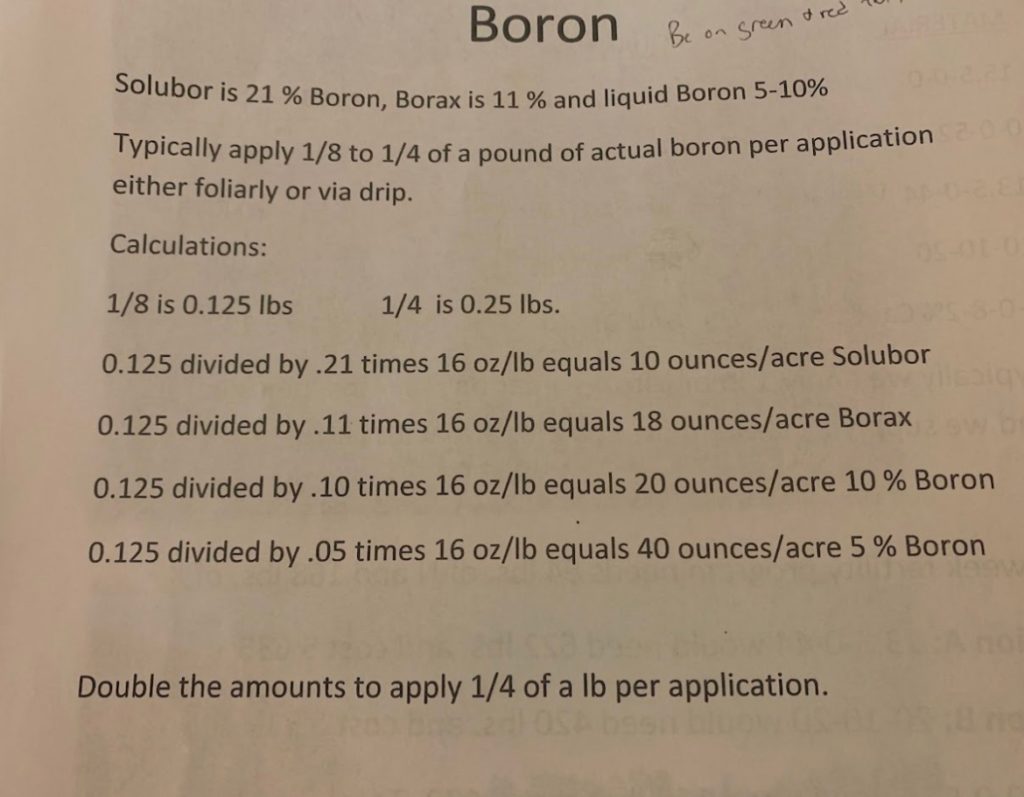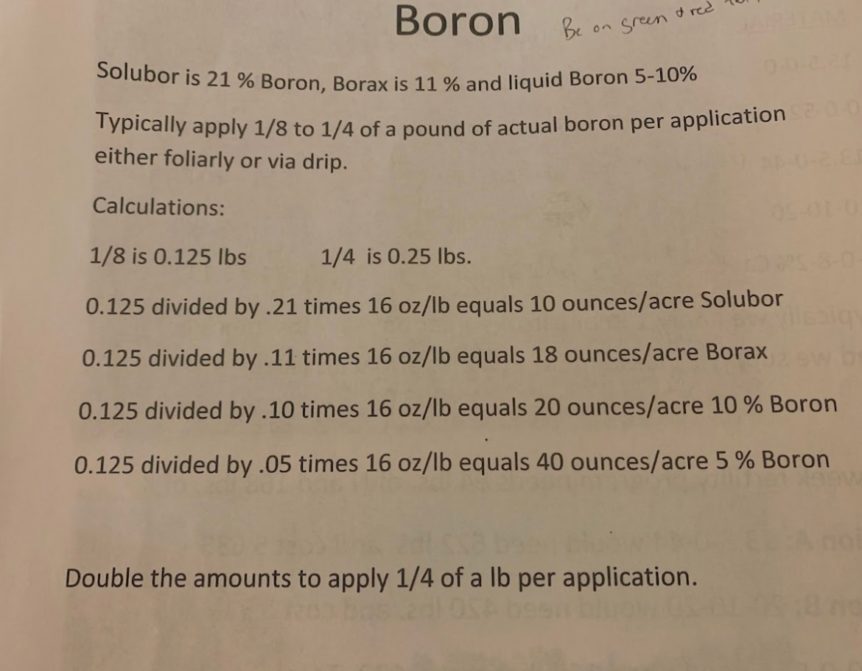Weekly Field Update
Clemson Extension agents provide updates in The South Carolina Grower this week about the status of various crops being produced throughout the state.
Statewide
Tom Bilbo, Extension Entomologist
- In the Lowcountry, with the recent and forthcoming moderate temperatures, we’ve been picking up more diamondback moths in our pheromone traps and have also seen an increase in larvae in our collard plots at Coastal Research and Education Center. We are continuing our research from last year assessing diamondback moth parasitism (by parasitoid wasps) throughout the entire season. Last year, we saw high parasitism rates (>80%) right from the get-go in March, so it is important to conserve these natural enemies early by withholding insecticides until they are needed and then using insecticides selective for caterpillars.
Coastal Region
Zack Snipes

- For strawberry growers, now is the time to put out your boron. If we miss this application of boron, you will have bull-nosed and misshapen fruit 35 to 40 days from now. Boron is cheap and very easy to put out as a topical spray or via the drip fertigation system. We recommend 1/8 to ¼ pound of actual boron per acre. Be careful, as boron is an excellent herbicide if applied too heavily.
- I am still seeing leaf spots on strawberries that concerns me. Plants are cleaner and healthier where growers have sanitized and sprayed. When in doubt send a sample to the lab.
- All other crops are looking great and have bounced back nicely after the big freeze a few weeks ago.
Midlands
Sarah Scott
- Peach trees are at varying stages of bud development. Although we have bloom beginning in some earlier varieties, development does seem to be a bit slower than last year. Above-average temperatures predicted for this coming week will likely speed up that progression.
- Oil sprays will continue to go out on those varieties still in dormancy or delayed dormancy. Copper sprays for bacterial spot control go out at this time, as well. Hehe Wang is trialing some work with biologicals to use in place of oxytetracycline for bacterial spot issues, so we look forward to seeing those results in the coming season.
Upstate
Andy Rollins
- Peach bloom is just beginning in the Upstate, but thankfully just in really early varieties at this point. Growers are fertilizing now, most only putting half of the total nitrogen they intend on using. This split application has been used by more growers in hopes of not over growing young trees. If the trees can get past the possible freezes, growers will apply the other half of the needed fertility. We will need to be putting on our bloom sprays very soon. Blossom blight is our primary concern, especially with rain and higher temperatures at 25% bloom. Vanguards, captan or Bravo would all be good choices.
- Strawberry growers are fertilizing also through the drip systems to help grow the developing flowers and a few early fruit that are now out. I recommend starting at the 0.5 pound of actual nitrogen per day. That would be 3.5 pounds of nitrogen per week. An easy way to calculate the amount needed would be to divide the 3.5 by the percentage of the fertilizer you plan to use. For example if you were using greenhouse grade calcium nitrate (15.5% N), you would divide 3.5 by 0.155. This tells you to inject 22.5 pounds of that product per acre. If you are using a liquid, you have to divide that number by the weight of the liquid. I often use 10 pounds per gallon as an estimate as it will always get you close.










